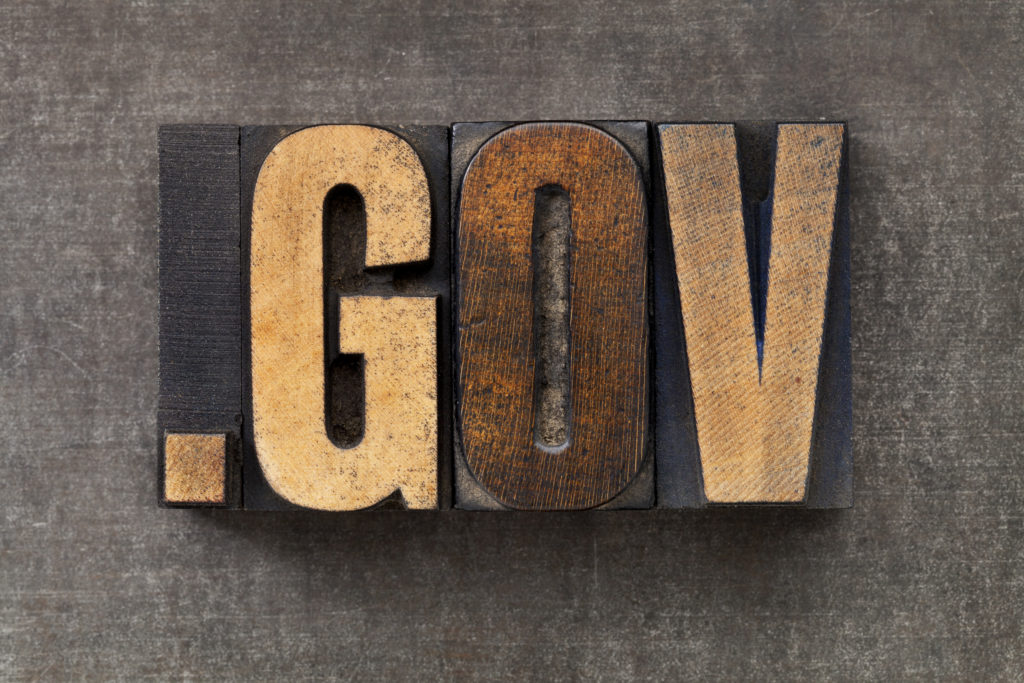Doug Hadden, VP Products
The evidence mounts – ERP has a high failure rate in government. ERP vendors, whose software is written for multiple industries, suggest that combining multiple ERP instances into a single shared service will result in “economies of scale” savings. And, it has a grain of truthiness, but, as I’ve written before, it is very much the promise of “free beer tomorrow”: this magic point at which ERP provides a better value than using best-of-breed like the FreeBalance Accountability Suite never happens.
KPMG found in 2011 some ERP in government patterns:
- Budget overruns particularly in implementation where additional software customization was needed: typically 6 months to a year
- Only 57% of implementation projects stayed in budget
- Many survey participants could not recall the original budget
A recent article from the UK describing a Cabinet Office analysis found:
- Average cost to deploy a Tier 1 ERP is £160 per employee using the traditional method
- Theoretical cost to deploy via shared services is £93 per employee
- Use of lower cost solutions at £52 per employee
The Total Cost of Ownership (TCO) should be a critical concern in government technology procurement. Although “portfolio management” is a value proposition presented by ERP companies, our experience shows that up-front costs have little bearing on the total cost. Tier 1 ERP packages generate high costs for customization, maintenance, change and training. It’s not a good business case as I described back in 2009 (and tried my best to explain the value proposition of ERP in government as objectively as I could.)
